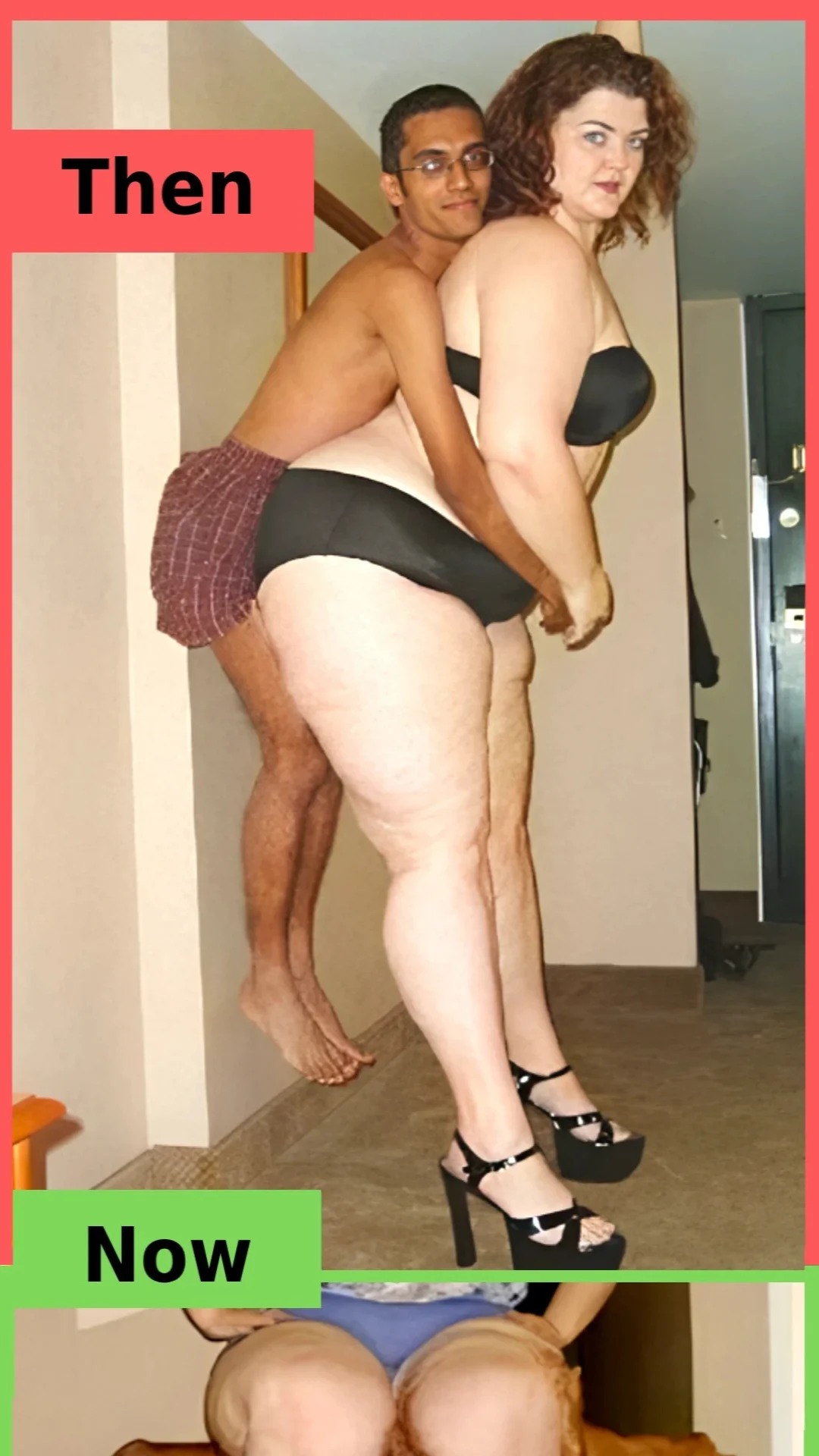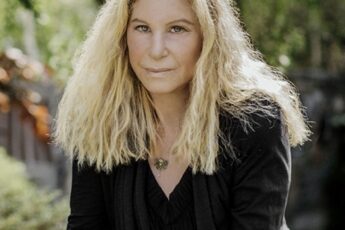Contrast couples, where one partner’s physical appearance is significantly different from the other’s, have always sparked curiosity among psychologists and relationship experts alike. These pairs often stand out because they challenge what many of us instinctively believe about attraction—that we tend to seek out partners who mirror ourselves or share similar traits. The idea of homogamy, or the tendency to choose partners who are alike in superficial ways like appearance, interests, or background, has long been considered a natural part of forming bonds. But contrast relationships seem to defy this norm, raising questions about what truly draws people together and what kinds of deeper forces are at play.
When we look at these visually contrasting pairs, it’s tempting to wonder about the underlying psychology. Why might someone be attracted to a partner so different from themselves physically? Many psychologists suggest that this attraction might be rooted in compensatory desires—desires that compensate for insecurities, unmet needs, or societal pressures. For example, a tall person might be genuinely attracted to a shorter partner because they perceive them to be delicate, graceful, or more agile. Conversely, the shorter individual might look up to their taller partner, admiring the sense of security or protection that might come with their height. It’s almost as if the differences create a kind of emotional balance or a sense of completeness—an idea that one’s own perceived shortcomings might be offset by a partner who embodies qualities they feel they lack.
The same concept can be applied to weight differences in couples. Sometimes, a partner with a more slender build might feel drawn to someone with a different body shape because it challenges societal standards or personal insecurities. Conversely, the partner with a fuller figure might find comfort in the way their partner’s contrasting physique offers reassurance, strength, or a sense of acceptance—something that might have been elusive in other areas of their life. These differences might serve as a subconscious way to challenge or reshape personal narratives, breaking free from the often rigid beauty ideals that many face daily.
Often, these relationships seem to serve as a subconscious quest for equilibrium. The contrasting traits—whether it’s height, weight, or other visible differences—are not just about physical attraction but may serve as a way to create balance in the psyche. For example, someone who struggles with self-esteem might seek a partner whose appearance or personality traits contrast sharply with their own, in an effort to bolster their confidence or feel more whole. It’s as if the differences act as a mirror or an antidote to internal insecurities, allowing each person to see something in their partner that they wish to cultivate within themselves.
Of course, attraction extends far beyond merely physical features. While these differences are noticeable and often discussed, they are just one piece of a much larger puzzle. Emotional compatibility, shared values, humor, kindness, and intellectual connection often prove to be even more important in the long run. Yet, what makes these contrast pairs so fascinating is the way they highlight how complex and layered human attraction truly is. It reminds us that desire isn’t always straightforward or predictable. Sometimes, what we’re really craving is not sameness but the excitement of difference—an unexpected complement that enriches our lives and broadens our perspectives.
In the end, the human psyche is a vast and intricate landscape. Our feelings and attractions are guided by a host of emotional, psychological, and societal factors, which can sometimes lead us toward relationships that appear unconventional or counterintuitive at first glance. These contrast couples serve as a testament to the fact that love isn’t just about surface appearances but about the deeper, often hidden, needs we seek to fulfill. They show that our preferences are shaped by more than just looks—they reflect our hopes for growth, balance, and acceptance. It’s a beautiful reminder that attraction is multifaceted, constantly evolving, and deeply personal, rooted in a complex interplay of our emotional and psychological landscapes.






